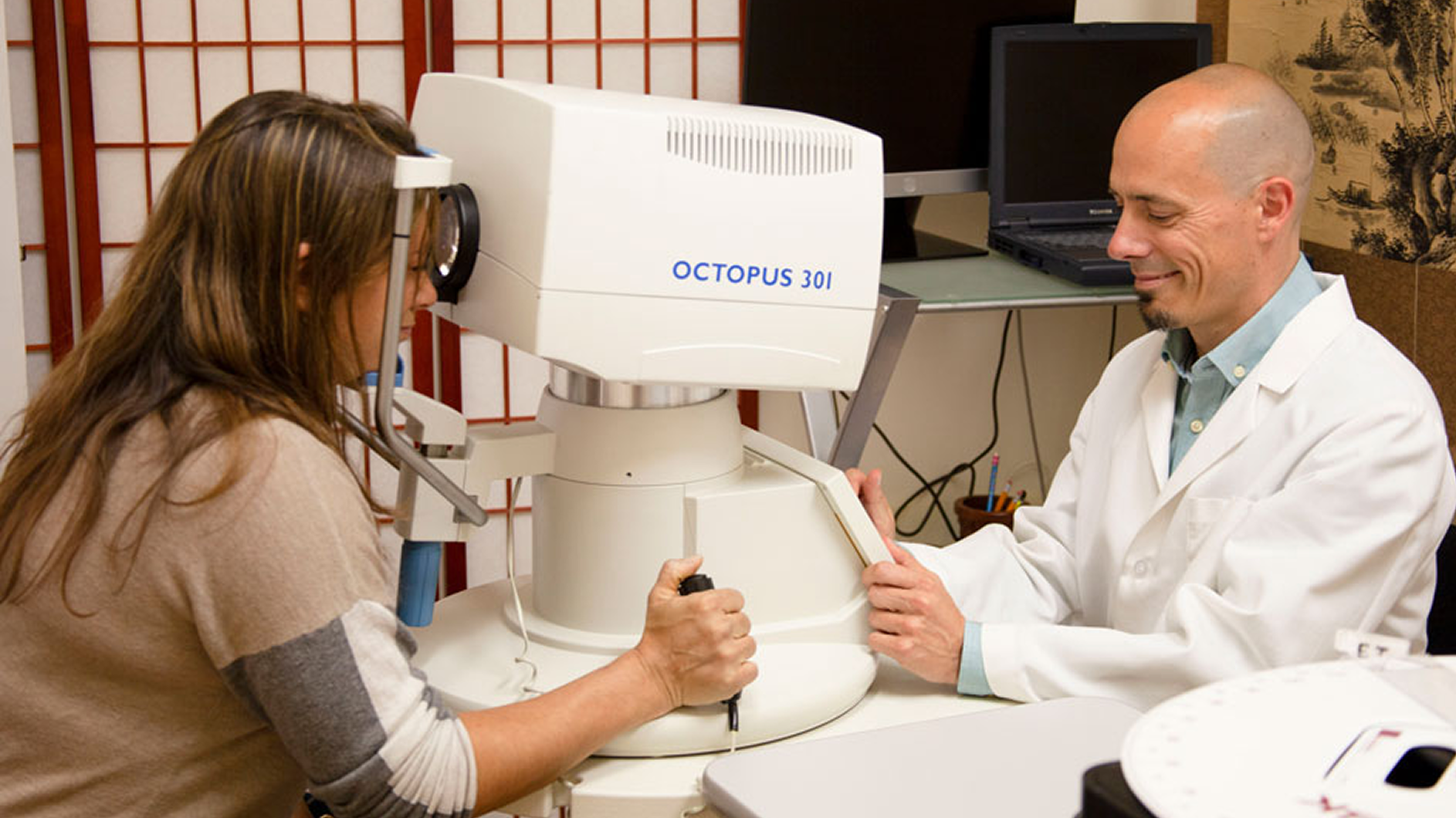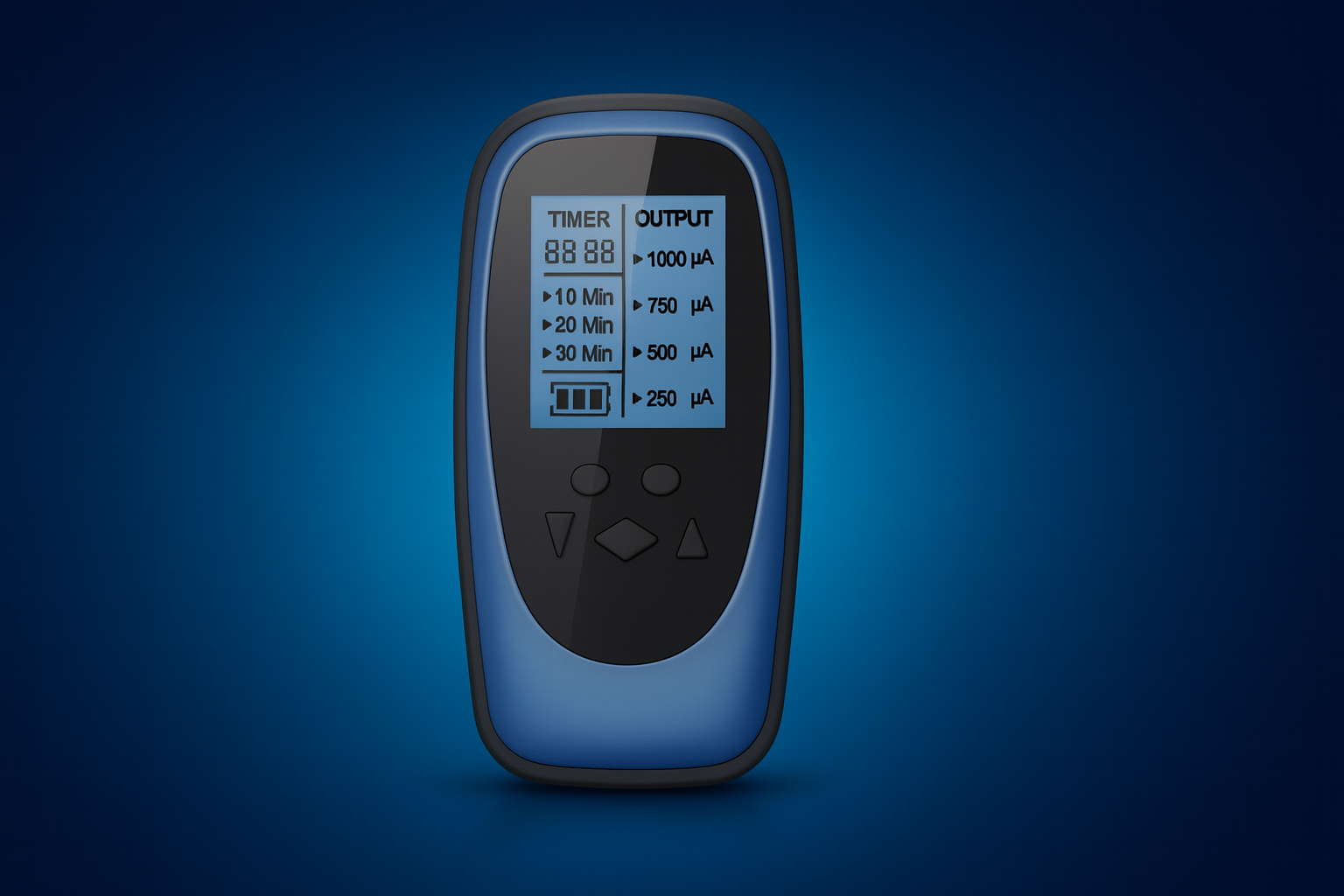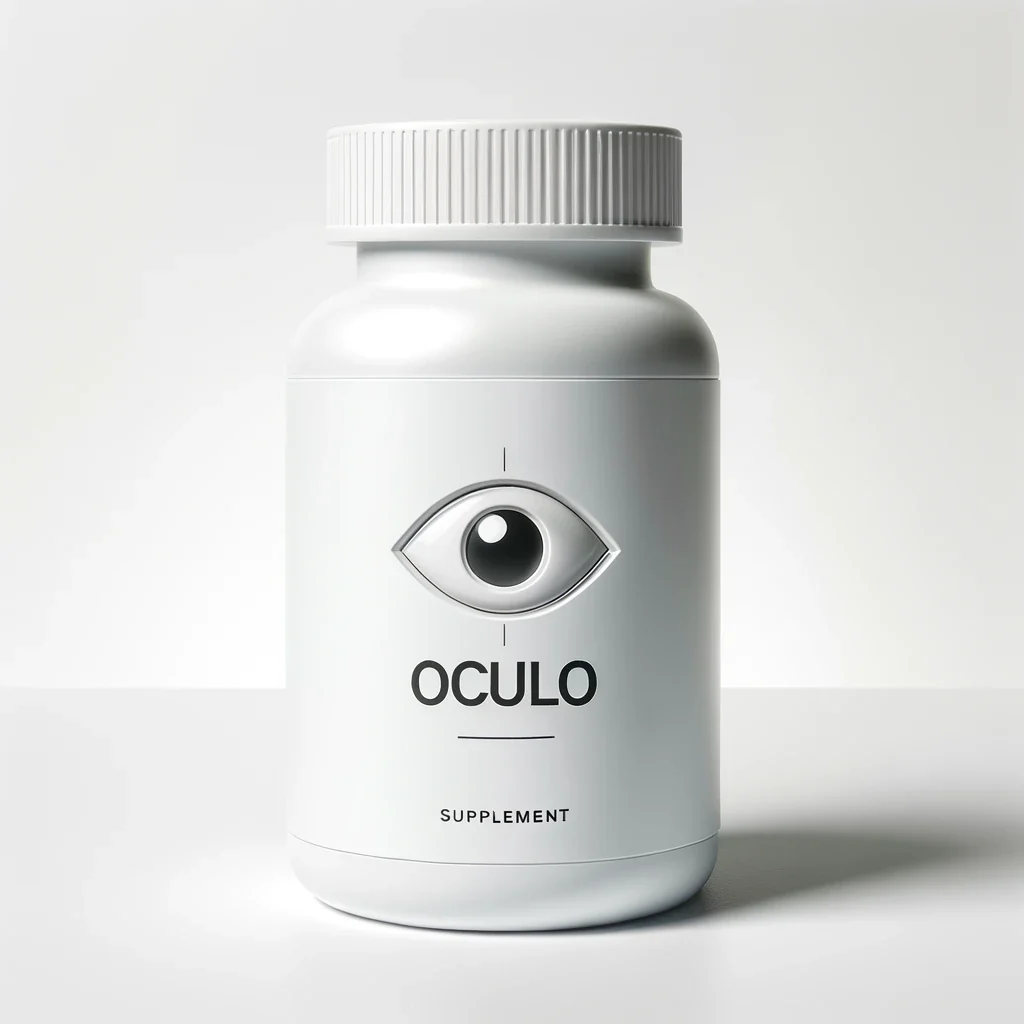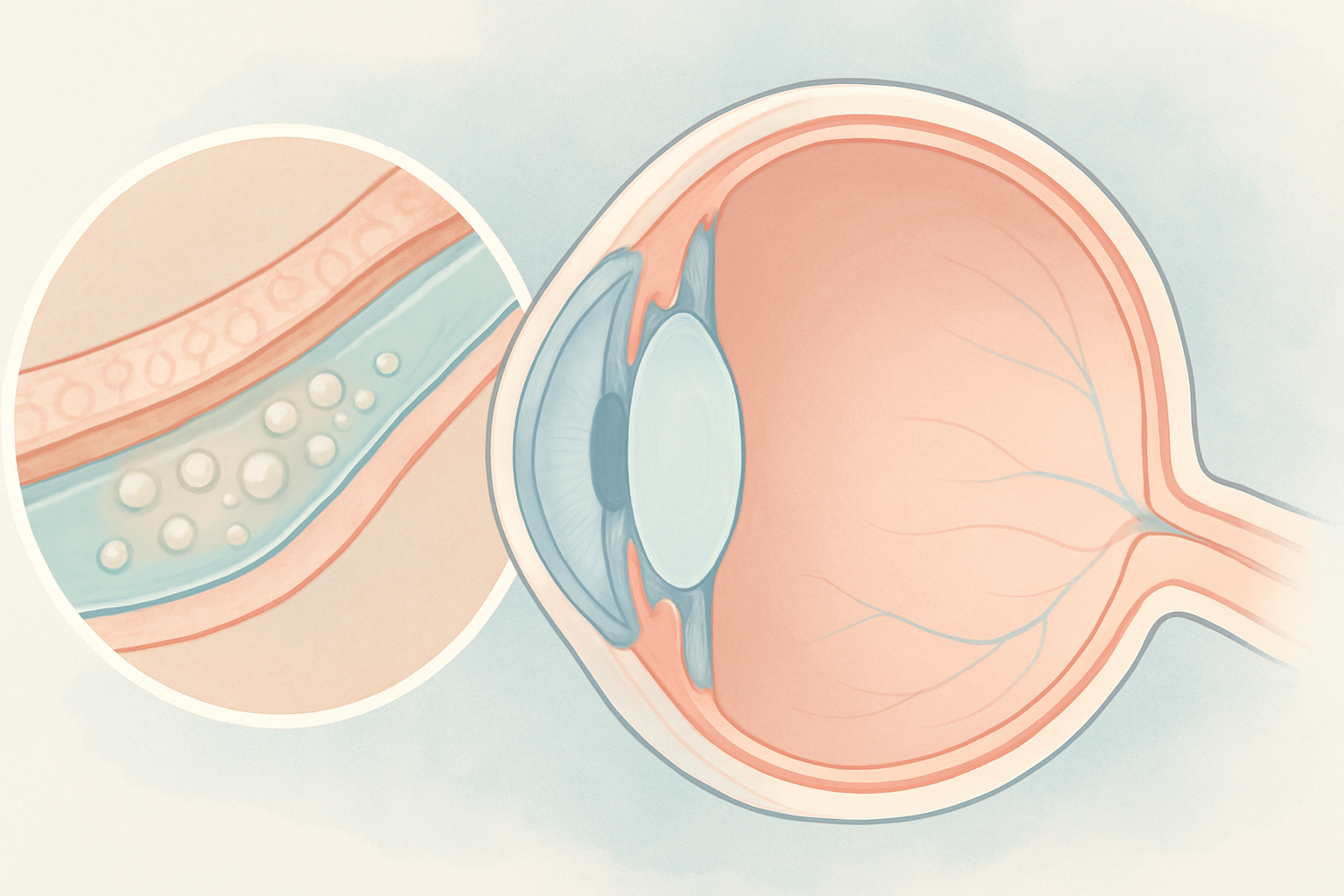Eye Condition
Cataracts
Cataracts are progressive clouding of the eye’s natural lens that can blur vision and glare.
Explore our treatment options for Cataracts
What is Cataracts?
A cataract forms when the normally transparent crystalline lens behind the cornea becomes hazy from oxidative stress and dehydration. Light entering the eye scatters instead of focusing sharply on the retina, so scenes can appear smudged, foggy, or glare-filled—much like looking through a dirty window. While most cataracts develop with age, they may also appear earlier in life alongside systemic inflammation or inherited retinal disease.
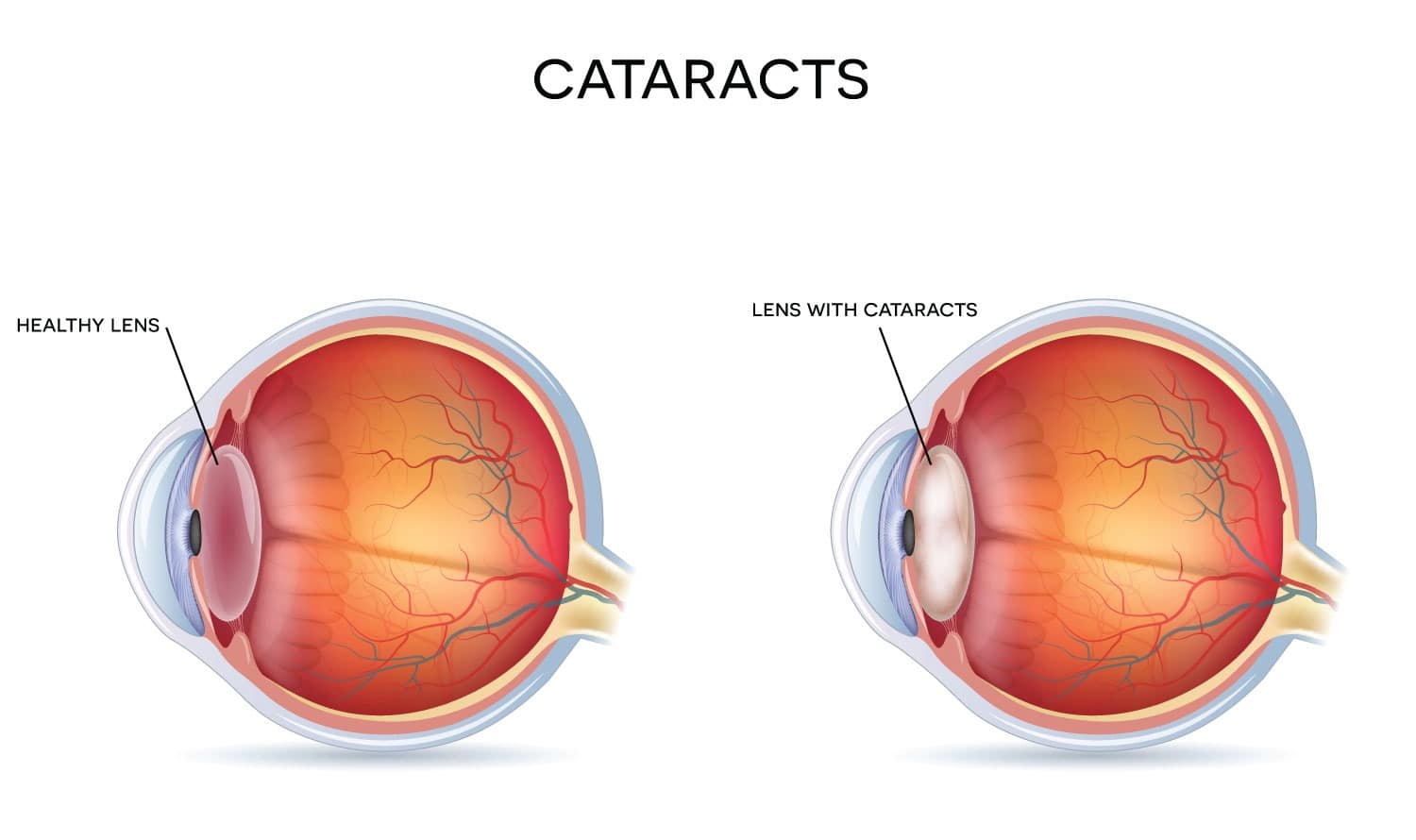
Key symptoms and early warning signs
- Painless blurry or filmy vision
- Increased glare or halo around lights, especially at night
- Colors that look faded or yellowed
- Frequent eyeglass prescription changes
- Sudden or rapid shift in vision quality (may signal another problem)
How Cataracts are diagnosed
Your optometrist or ophthalmologist views the lens with a slit-lamp microscope, measures visual acuity, and may dilate the pupil to assess lens density. At the Eye Health Institute (EHI) we also screen carotenoid antioxidant levels with a painless skin scan. Low carotenoid status often parallels higher oxidative stress inside the eye.
Why it happens: causes and risk factors
Ageing is the primary driver, yet several factors accelerate lens opacities:
- Ultraviolet (UV) exposure without proper sunglasses
- High-intensity blue light from phones, computers, LED bulbs, and TVs
- Chronic inflammation or metabolic disease (diabetes, autoimmune)
- Smoking, poor nutrition, dehydration, and certain medications
- Early-onset retinal disorders such as macular degeneration that raise oxidative load
Carotenoid antioxidants (lutein, zeaxanthin, astaxanthin, beta-carotene) help neutralize free radicals generated by UV and blue light. Dr. Rosenfarb routinely increases these nutrients through diet and targeted supplementation.
A cataract is actually a clouding of the lens which sits behind the cornea of your eye.
Conventional treatment options
Early cataracts are monitored with periodic exams and symptom-driven prescription updates. When blur limits daily activities, outpatient cataract surgery removes the cloudy lens and replaces it with a clear artificial intraocular lens (IOL). Modern IOLs can correct astigmatism or near-far vision, yet they remove the eye’s natural “built-in sunglasses.” After surgery the retina suddenly receives more UV and blue light, so strict sunglass and blue-blocker use becomes essential. Discuss monovision or premium IOLs carefully and, if possible, trial comparable contact lenses for two weeks before deciding.
Eye Health Institute’s integrative approach
EHI focuses on slowing progression before surgery and protecting retinal health afterward.
Nutrient and antioxidant strategy
- Can-C (N-acetyl-carnosine) eye drops supply a glutathione precursor that supports lens clarity.
- Liposomal vitamin C and liposomal glutathione raise systemic antioxidant defenses where conventional tablets fail to absorb.
- Caratino-Vision capsules combine lutein, zeaxanthin, meso-zeaxanthin, vitamin A, and astaxanthin to saturate retinal tissue.
- Vision-Mins electrolyte blend promotes proper lens hydration.
- Catavision CBD (full-spectrum hemp extract, taken sublingually) amplifies both glutathione and carotenoid activity while easing stress.
Lifestyle and environmental care
- Wrap-around sunglasses with UVA/UVB filters whenever outdoors or near reflective surfaces.
- Blue-filter glasses or device night-mode whenever screen time exceeds 15 minutes.
- Hydrate with mineral-rich water and eat brightly colored produce: leafy greens, squash, carrots, pumpkin, papaya, tomatoes, and watermelon.
- Limit refined sugars, smoking, and excessive alcohol that spike oxidative stress.
Acupuncture and microcurrent therapy
Micro Acupuncture 48 and electro-acupuncture protocols enhance ocular blood flow and help manage inflammation. Many patients pair weekly in-clinic sessions with home photobiomodulation or gentle qigong eye exercises.
UV radiation and blue light can cook the lens, so protection and good nutrition truly matter.
What patients report / clinical insights
Patients often notice less daytime glare and steadier night driving once carotenoid levels reach “green zone” status on our scanner (about 50 000 +). Those preparing for surgery tell us that six to twelve weeks of intensive antioxidant loading and CBD support makes postoperative light sensitivity easier to manage. Regular sunglass use, a Mediterranean-style diet, and stress-reducing practices such as qigong contribute to slower lens clouding and better overall eye comfort.

When to seek urgent care
Get urgent eye care for sudden vision loss, a curtain or shadow across vision, many new floaters with flashes, severe eye pain, or eye trauma. These can be ocular emergencies unrelated to cataracts yet time-sensitive to treat.

